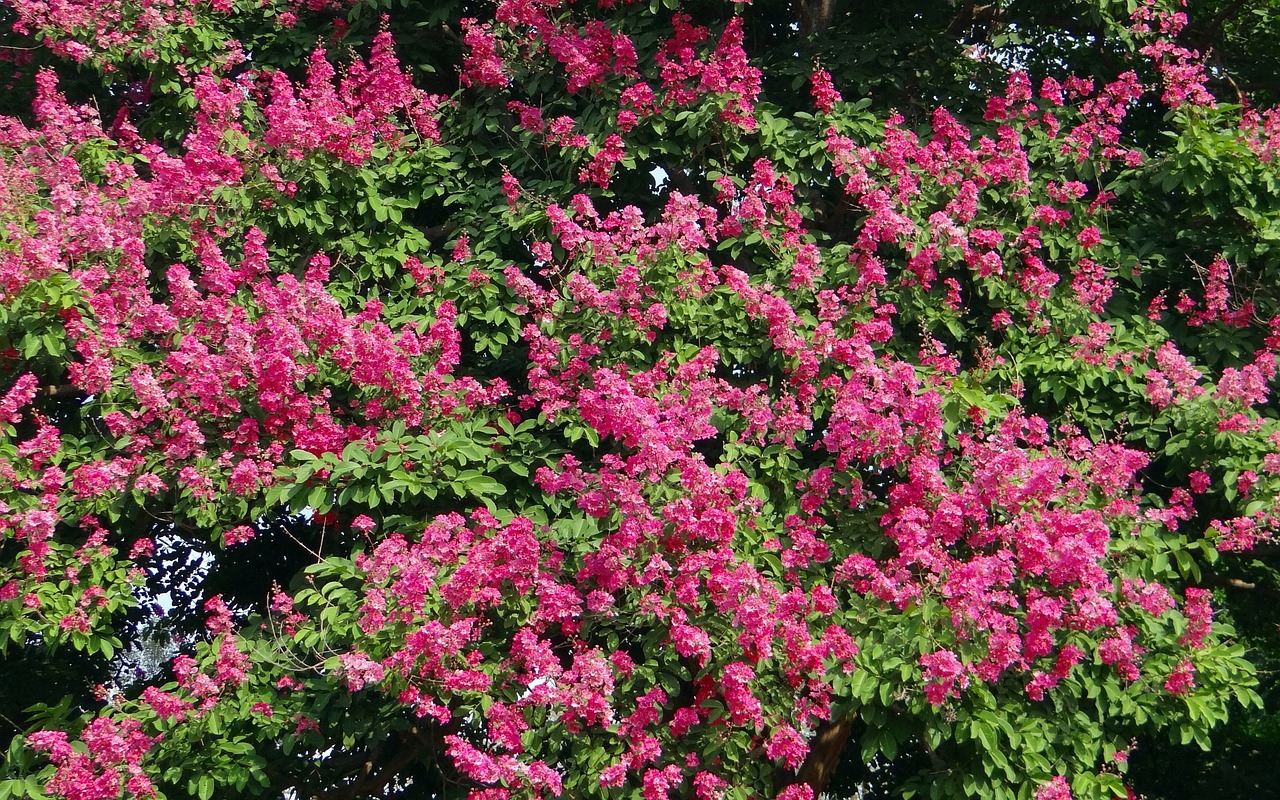
Dreaming of a landscape bathed in vibrant blooms and lush greenery? Look no further than the power of full-sun shrubs! These sun-worshipping beauties thrive in direct sunlight, rewarding you with a dazzling display of color, texture, and form throughout the growing season. Whether you crave a fiery explosion of crimson roses or the delicate fragrance of lavender, there’s a full-sun shrub perfectly suited to elevate your outdoor space.
15 Dazzling Full-Sun Shrubs to Transform Your Yard into a Sun-Kissed Oasis
Blooming Beauties: A Symphony of Color
Honeysuckle
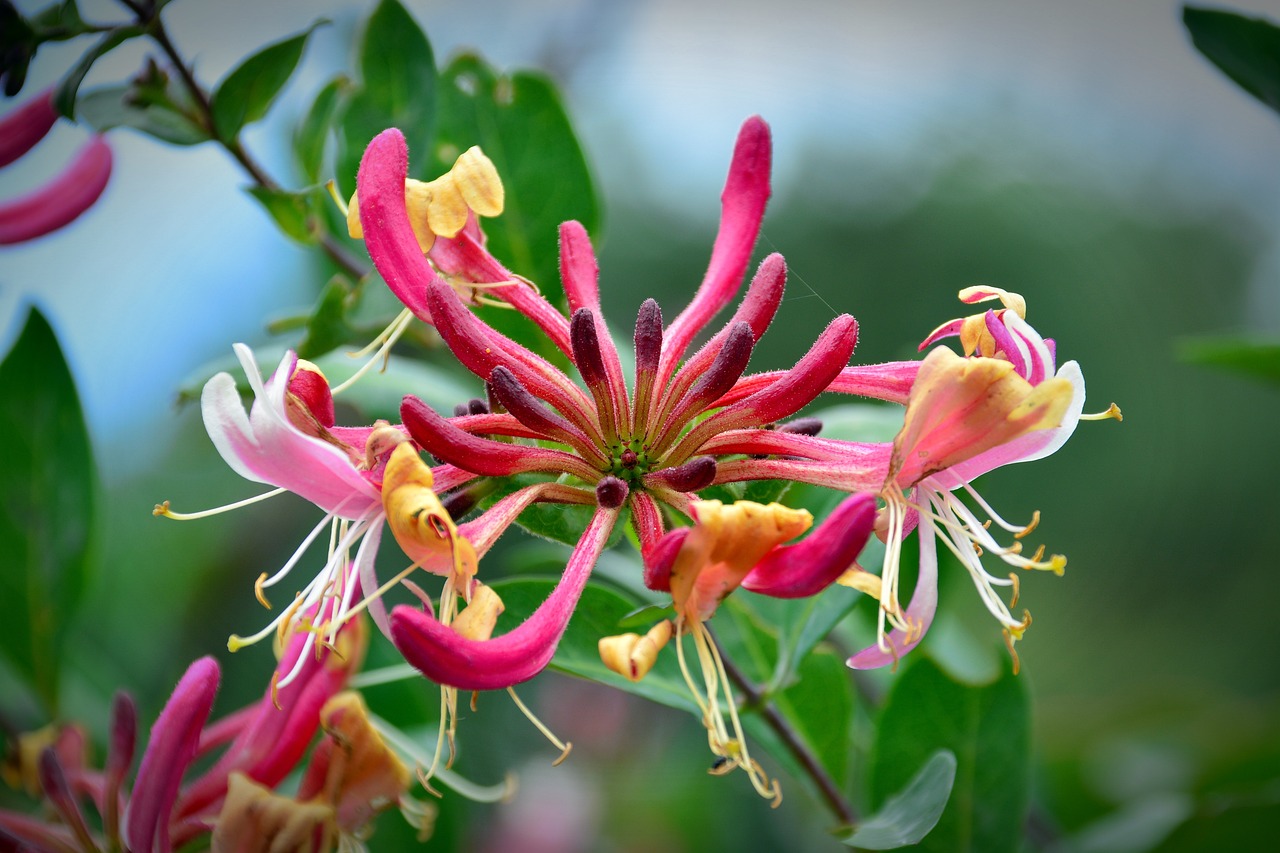
Let the intoxicating fragrance of honeysuckle weave its magic through your garden. This fast-growing climber boasts clusters of trumpet-shaped blooms in vibrant shades of pink, orange, red, and yellow. Hummingbirds and butterflies flock to its sweet nectar, adding a touch of lively charm.
Butterfly Bush
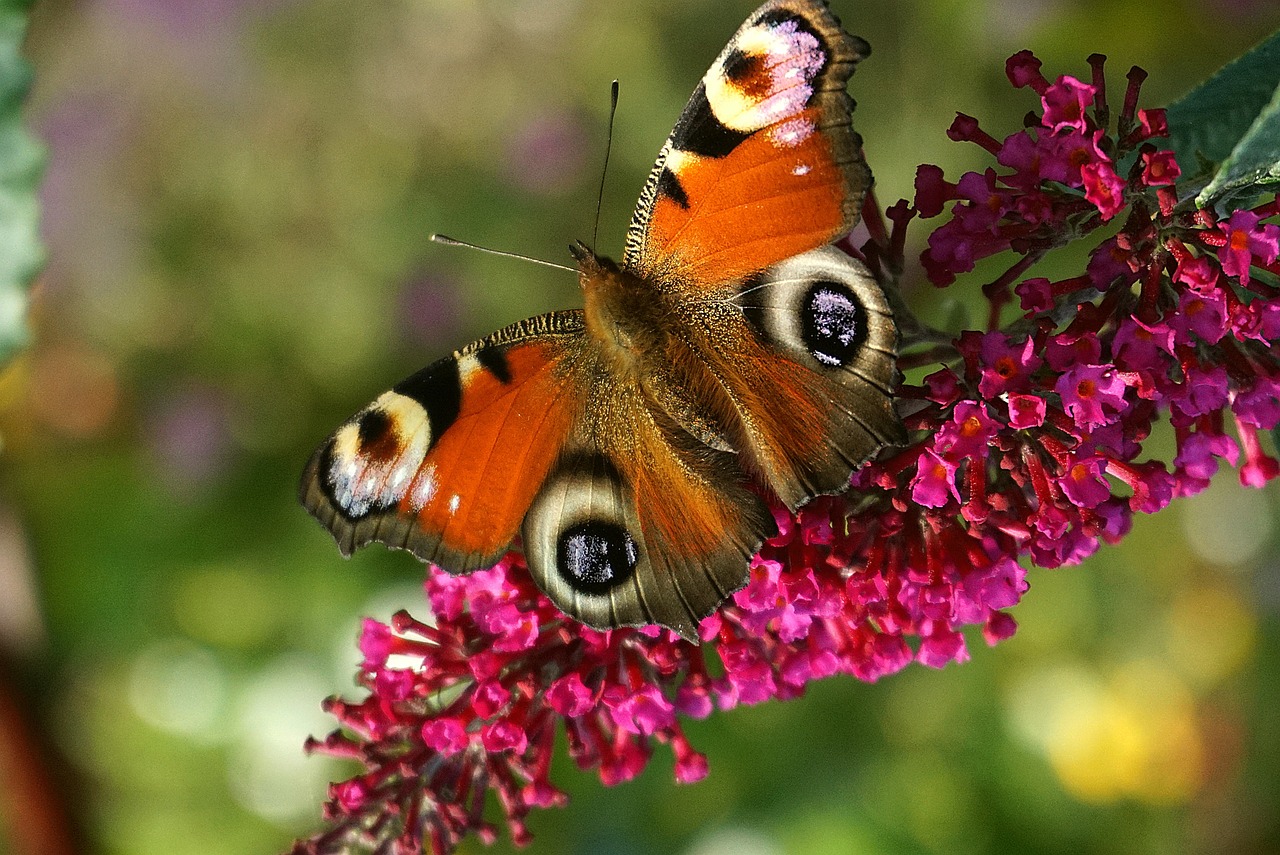
As the name suggests, butterfly bushes are a magnet for fluttering pollinators. Towering flower spikes in shades of purple, pink, orange, and red erupt from midsummer to fall, creating a mesmerizing spectacle.
Crape Myrtle
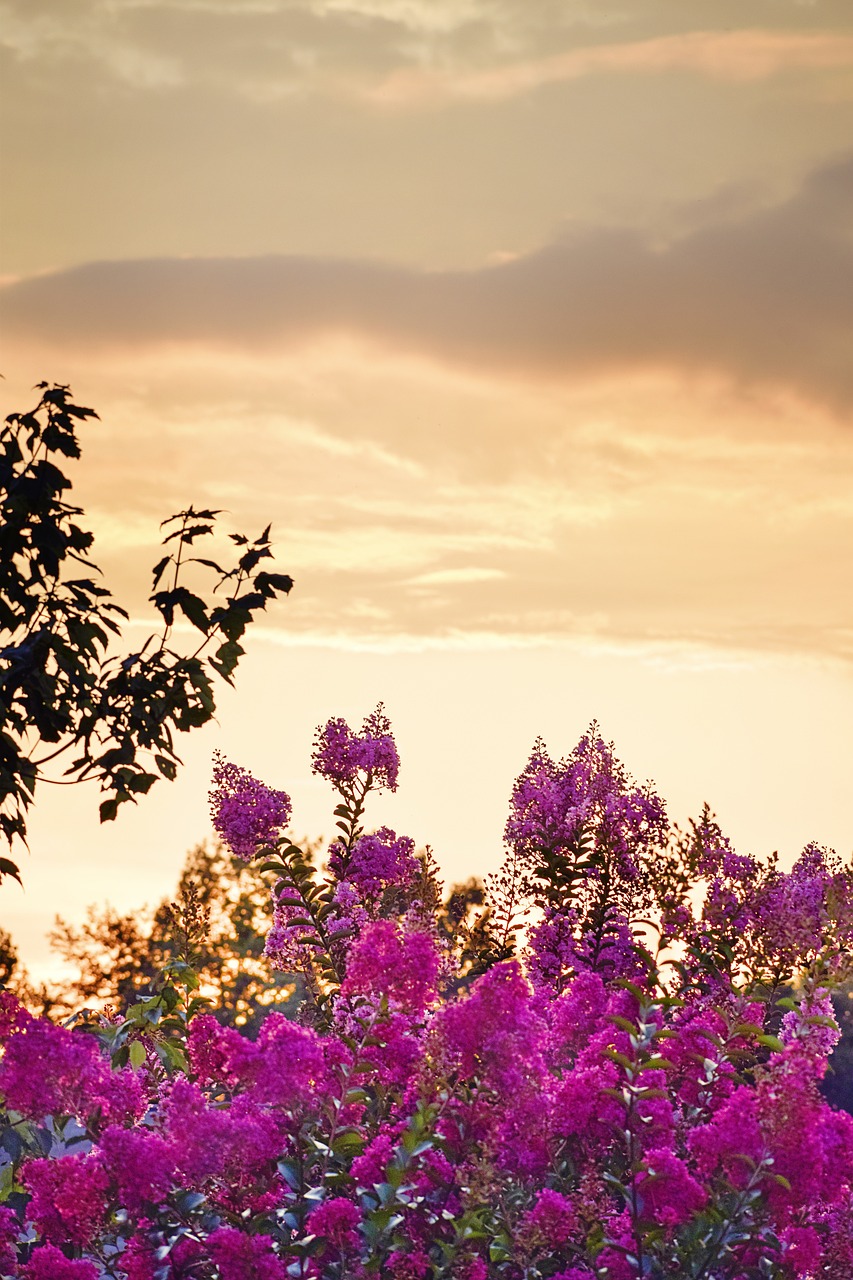
A true Southern belle, the crape myrtle boasts crinkled crepe paper-like blooms in a kaleidoscope of colors – from soft pink and lavender to vibrant crimson and fuchsia. This low-maintenance shrub thrives in the heat and humidity, adding a touch of elegance to any sunny border.
Rose
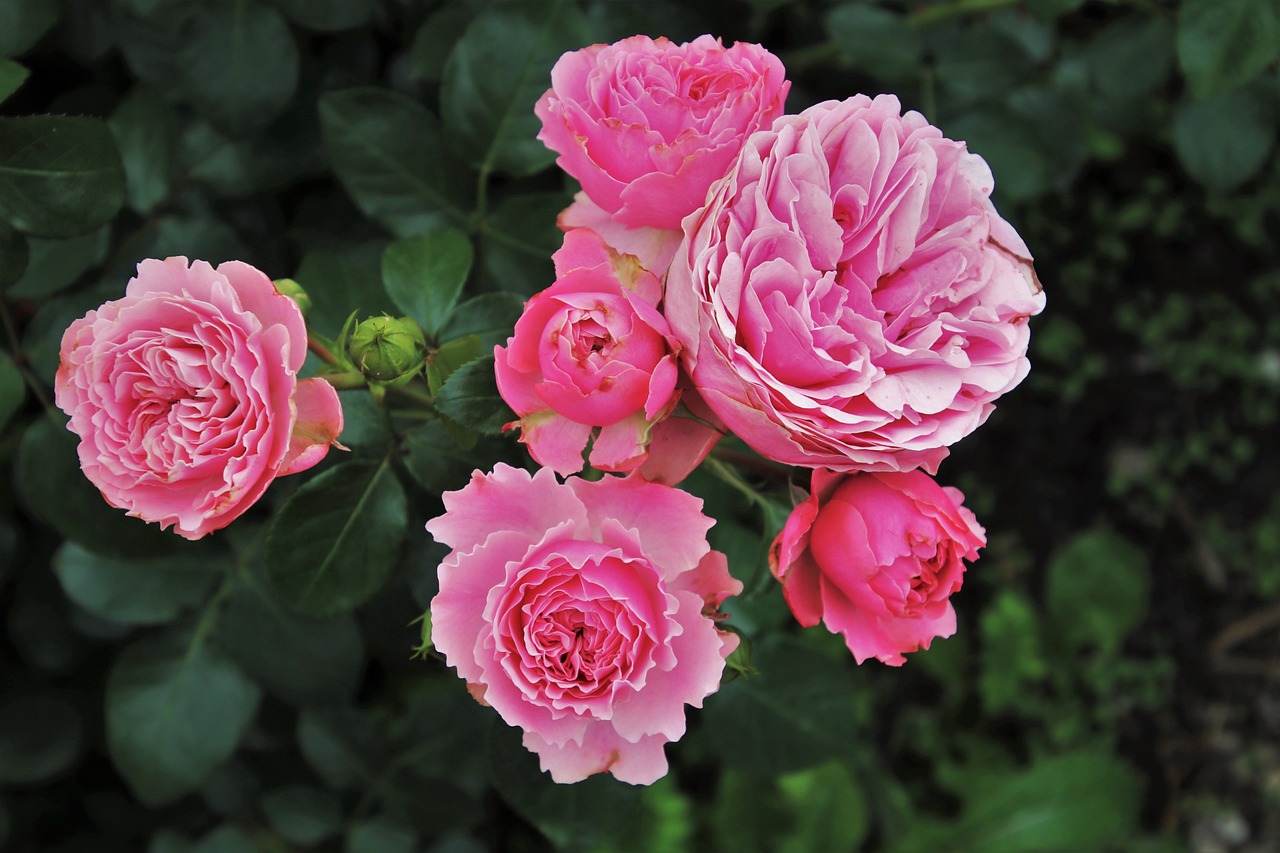
The undisputed queen of the garden, roses offer timeless beauty and captivating fragrance. Choose from a wide variety of styles, from classic hybrid teas with large, perfectly formed blooms to rambling climbers that cascade over fences and trellises.
Potentilla fruticosa
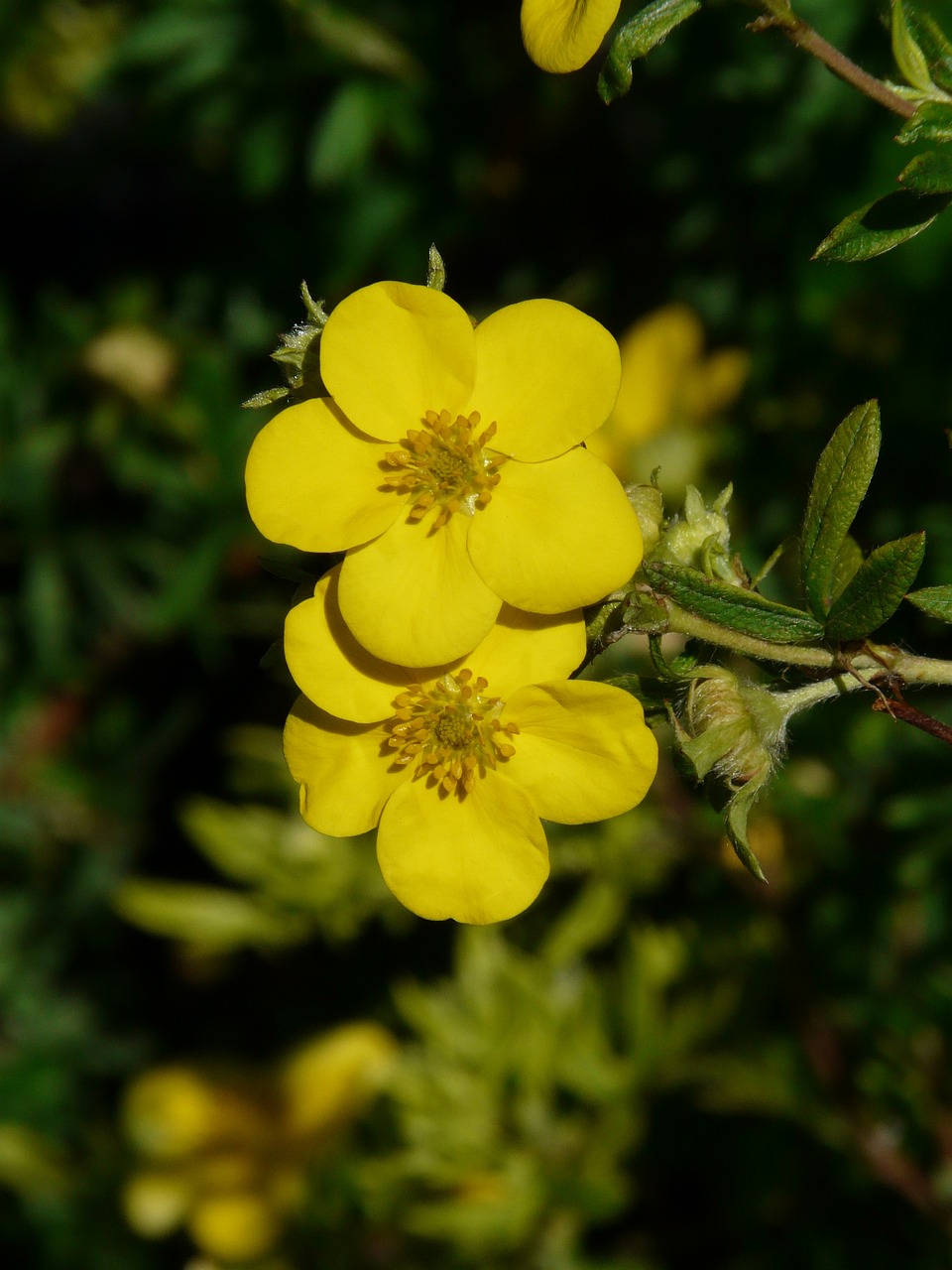
This under-the-radar gem boasts cheerful, cup-shaped flowers in sunny shades of yellow, orange, and red. Potentially blooms continuously throughout the summer, adding a burst of color to borders, containers, or cottage gardens.
Evergreen Enchantment: Year-Round Interest
Viburnum
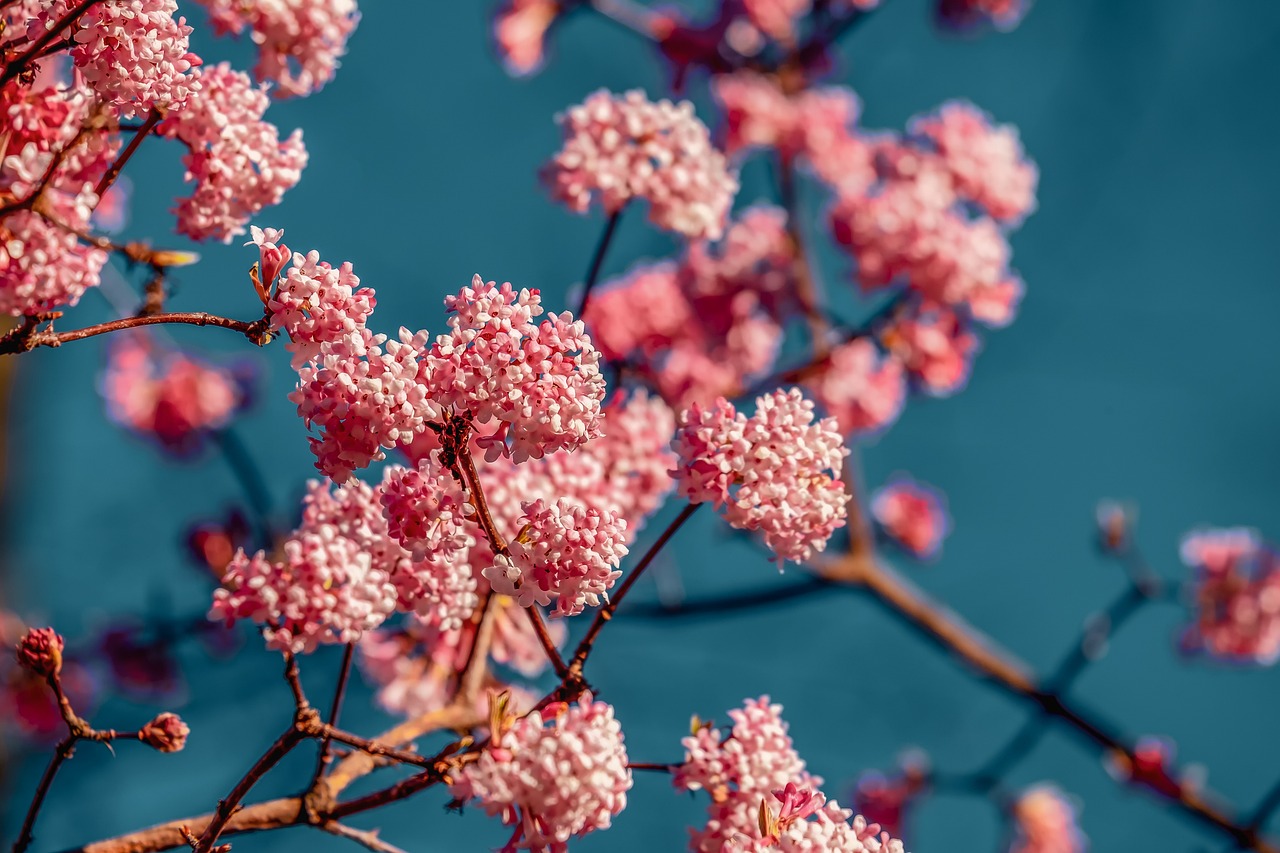
Valued for their stunning displays of white or pink flower clusters in spring, viburnums also boast vibrant fall foliage and colorful berries that persist into winter. Some varieties, like the evergreen Viburnum rhytidophyllum, offer year-round interest with their glossy, leathery leaves.
Winter Jasmine
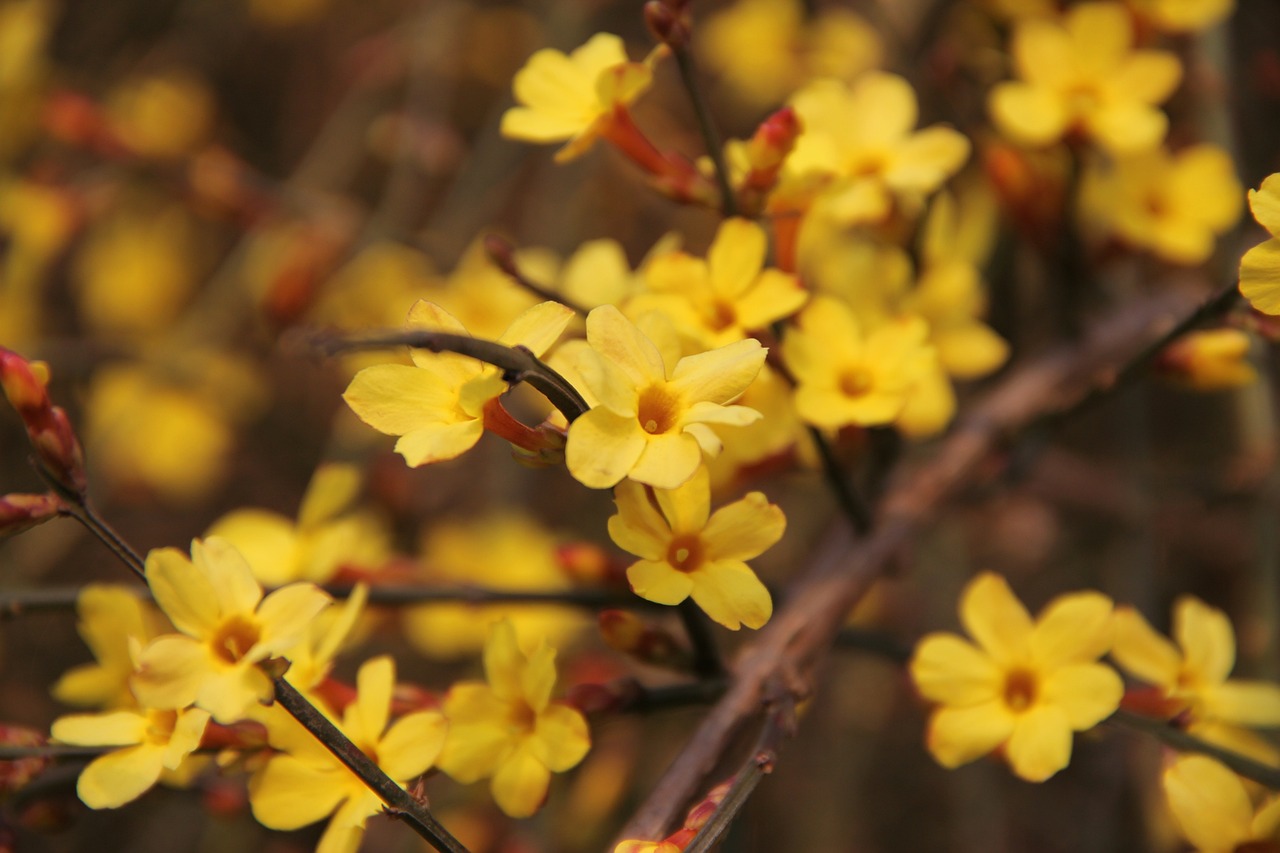
A true conversation starter, winter jasmine defies the norm by blooming in the depths of winter. Bare branches come alive with a profusion of bright yellow flowers, offering a welcome splash of color on a dreary day.
Rosemary
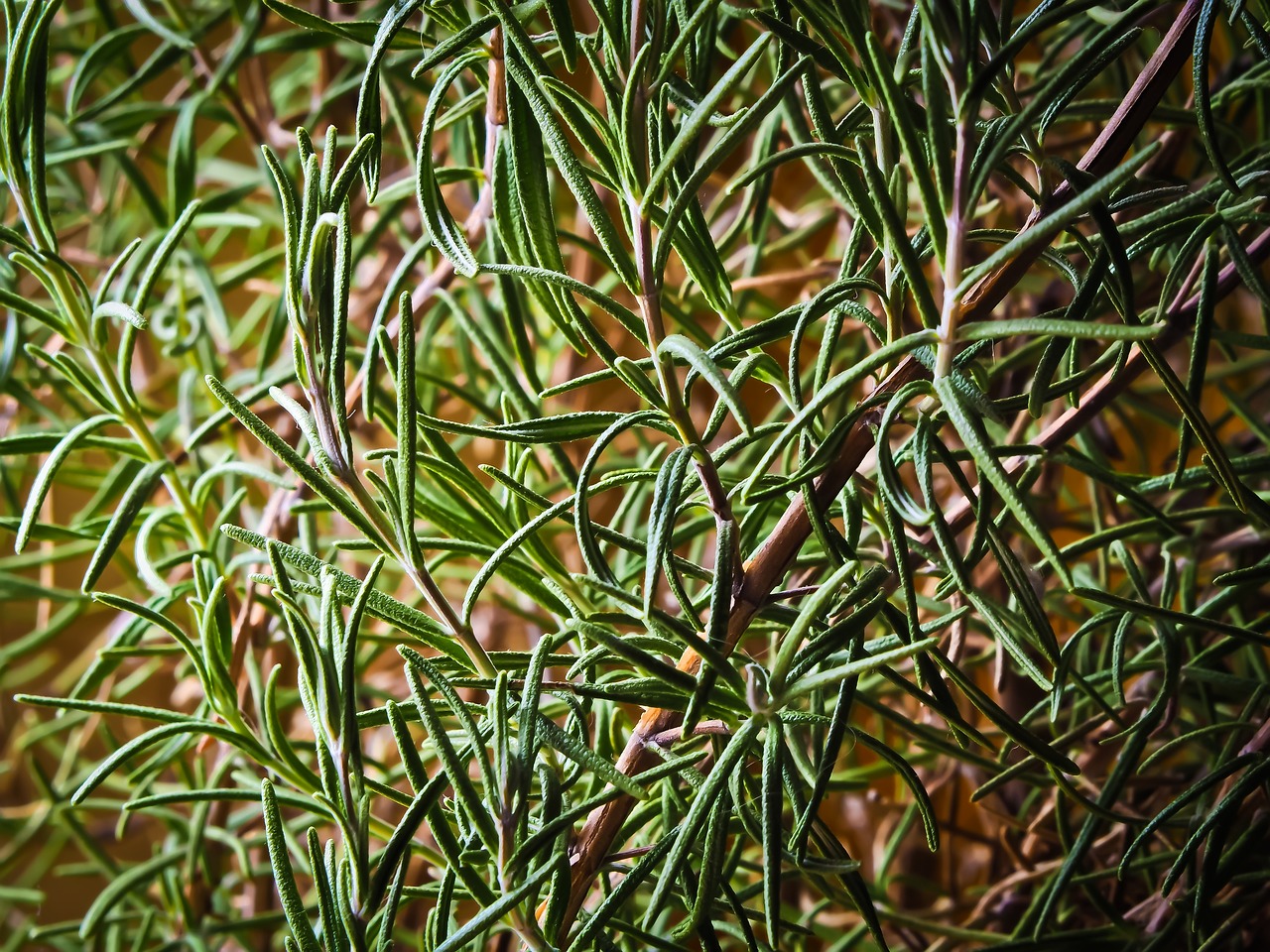
Not just a culinary delight, rosemary is a stunning evergreen shrub that boasts fragrant, needle-like leaves and small blue flowers in spring. Rosemary thrives in hot, dry conditions and can be shaped into a formal hedge or enjoyed in containers.
Boxwood
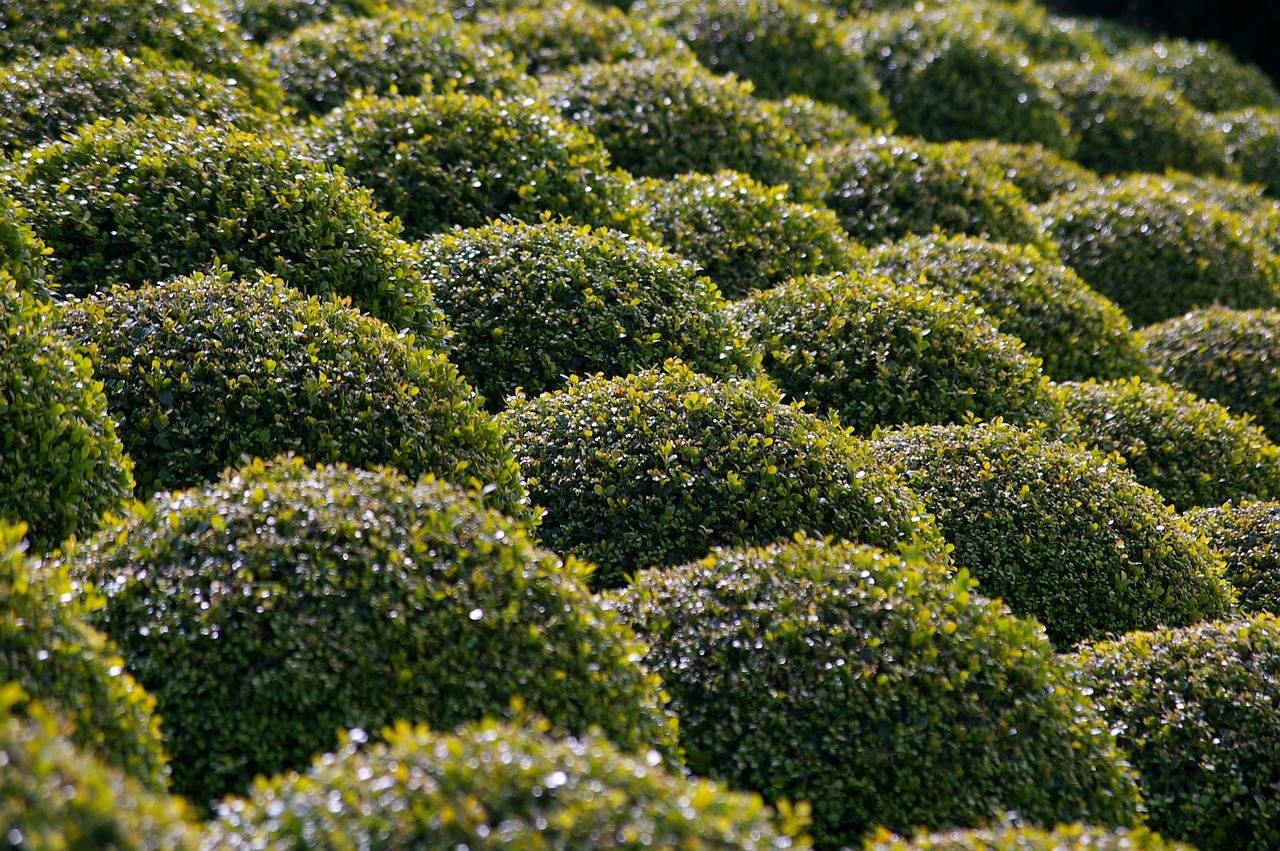
A cornerstone of formal gardens for centuries, boxwood offers timeless elegance with its compact, evergreen foliage. Easily sculpted into hedges, topiaries, or borders, boxwood adds a touch of sophistication to any landscape.
Nandina domestic
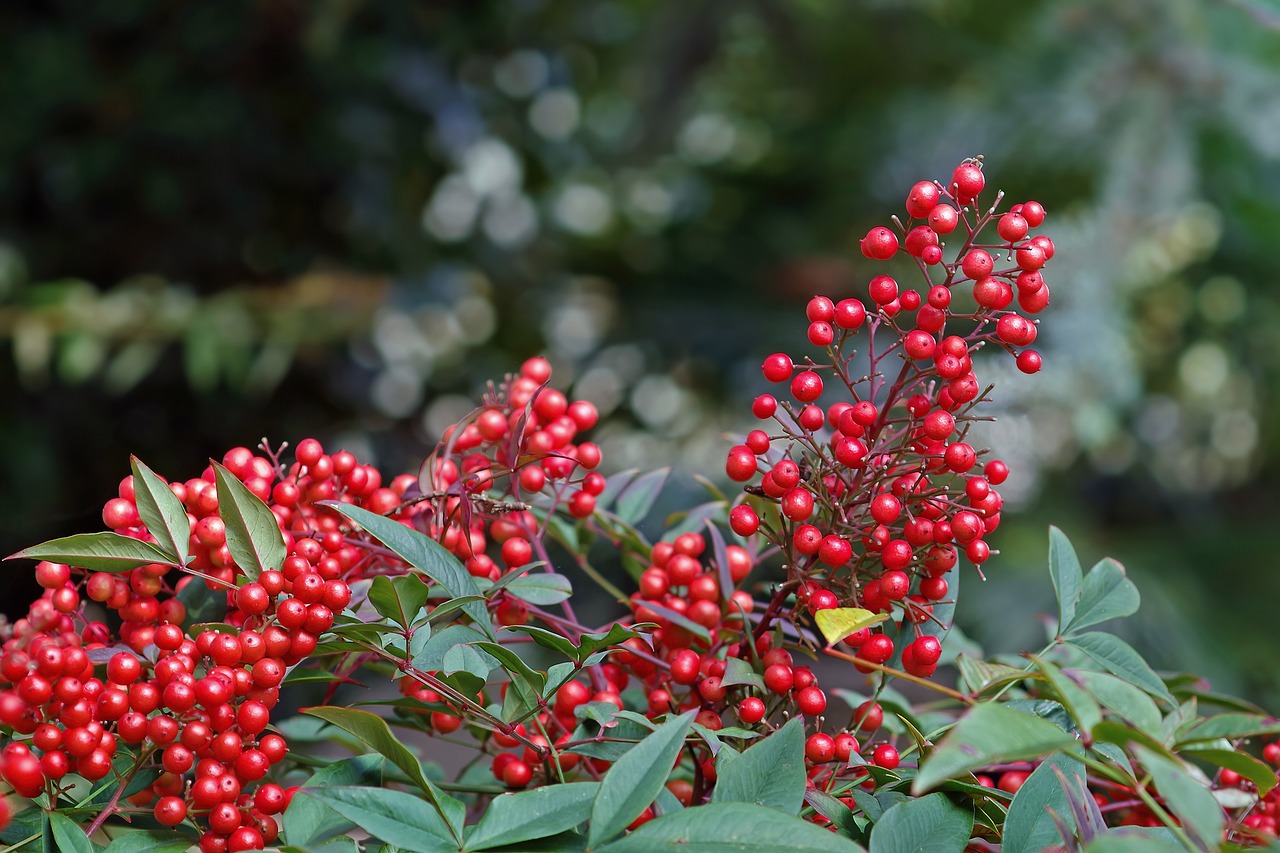
This versatile shrub boasts vibrant green foliage that transforms into fiery shades of orange, red, and purple in fall. Clusters of bright red berries add a festive touch to the winter landscape, making it a true four-season wonder.
Beyond Blooms: Shrubs with Textural Delights
Red Twig Dogwood
While some shrubs entice with vibrant blooms, the red twig dogwood captivates with its unique structural beauty. Bright red stems add a vibrant pop of color to the winter landscape, especially when planted against a backdrop of evergreens.
Purple Smoke Bush
This captivating shrub offers a mesmerizing display of feathery plumes that emerge in shades of purple, pink, or green. The plumes turn smoky-gray as the season progresses, adding an ethereal touch to your landscape. Even after the plumes fade, the shrub’s attractive, blue-green foliage provides year-round interest.
Golden Spirea
Not all beauty fades in winter! Golden spirea offers stunning golden foliage that adds a touch of warmth to the winter landscape. In spring, the shrub explodes with clusters of delicate white flowers, creating a charming contrast.
Mahonia
This low-maintenance evergreen shrub boasts glossy, holly-like leaves with spiky edges. Clusters of bright yellow flowers erupt in late winter, followed by clusters of blue berries that attract birds. Mahonia thrives in shade or partial shade, making it a versatile choice for a variety of garden settings.
Planting and Maintaining Your Full-Sun Oasis
Now that you’ve discovered the dazzling potential of full-sun shrubs, it’s time to bring your vision to life! Here are some key considerations to ensure your sun-loving shrubs thrive and flourish:
Choosing the Right Spot: Sunlight is key! Aim for a location that receives at least 6-8 hours of direct sunlight each day. Consider the mature size of the shrub when planting, ensuring it has ample space to grow without crowding other plants or blocking walkways.
Soil Preparation: Most full-sun shrubs prefer well-drained soil. If your soil is heavy clay, amend it with compost or coarse sand to improve drainage. For sandy soils, adding organic matter such as composted manure can help retain moisture.
Planting: Dig a hole that’s twice the diameter of the root ball and slightly deeper. Gently loosen the roots of the plant before placing it in the hole. Backfill the hole with amended soil, ensuring the root flare (the area where the trunk meets the roots) sits slightly above the soil level. Water thoroughly to settle the soil and eliminate air pockets.
Watering: Newly planted shrubs require consistent watering, especially during hot, dry periods. Aim to water deeply at the base of the plant, allowing the water to soak down to the roots. Once established, most full-sun shrubs are drought tolerant and require infrequent watering.
Mulching: Apply a 2-3 inch layer of organic mulch around the base of your shrubs. Mulch helps retain moisture, suppress weeds, and regulate soil temperature. Keep the mulch away from the base of the stem to prevent rot.
Pruning: Pruning is essential for maintaining the size and shape of your shrubs, encouraging bushier growth, and promoting flowering. The specific pruning requirements will vary depending on the shrub variety. For instance, roses benefit from regular deadheading (removing spent blooms) to encourage continuous flowering, while crape myrtles need minimal pruning to maintain their natural vase shape. Research the specific pruning needs of your chosen shrubs to ensure proper care.
Feeding: While most full-sun shrubs don’t require frequent fertilization, a light application of a balanced fertilizer in early spring can give them a boost. Overfertilizing can encourage excessive foliage growth at the expense of flowers.
Winter Protection: Evergreen shrubs generally require little winter protection. However, newly planted shrubs or those in colder climates may benefit from a light layer of mulch around the base to protect the roots from freezing temperatures. Some deciduous shrubs, like butterfly bushes, can be cut back in late fall or early spring to encourage bushier growth.
